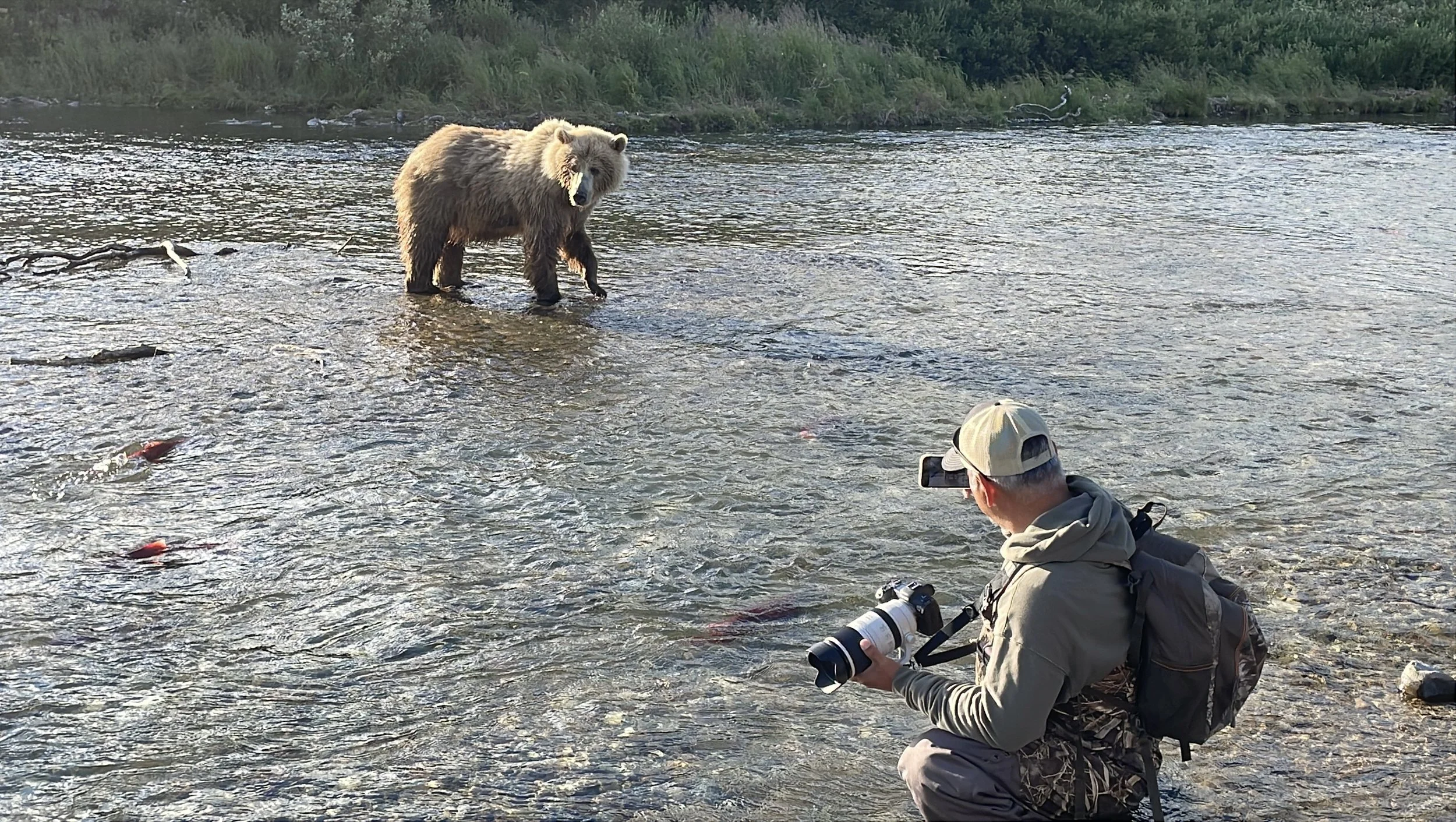This is Part 3 of a 10 part Natural Light Photography Series.
Thresher Shark off Malapascua Island, Phillipeans. Depth 70’ 1/250, f8, ISO 1250
When it comes to natural light photography underwater, no tool is more important than custom white balance. This technique allows you to compensate for the loss of color as you descend and is essential for capturing vibrant, true-to-life images. If you don’t master this skill, you’ll struggle to retain the natural beauty of the underwater world in your photos.
Why Custom White Balance Matters
Underwater, colors disappear quickly:
Reds vanish at around 15 feet.
Oranges at 30 feet.
Yellows at 60 feet.
By the time you’re at 100 feet, you’re left with muted greens and blues.
Reef off Malapascua Island, Philippines. Depth 50 feet. 1/160, f4.5, ISO 800
Custom white balance tells your camera what “white” should look like in your current conditions, helping it correctly interpret other colors. Without it, even the most perfectly composed shots will appear dull and washed out. While post-processing can help to some extent, getting it right in-camera is the best way to ensure your images look stunning.
How to Set Custom White Balance
Ignore Camera Presets:
Built-in white balance presets (e.g., “daylight” or “cloudy”) aren’t designed for underwater use and won’t give you accurate results. Go straight to custom white balance mode.Find a Reference Object:
Snap a photo of something white or gray that’s lit by the same light you’ll be shooting in. This tells your camera what white should look like in those conditions. Common references include:White balance cards (designed for underwater use)
The sand on the ocean floor (a favorite of mine)
White fins, wetsuit trim, or dive slates
Recalibrate Often:
Light changes as you descend or ascend, so you’ll need to adjust your custom white balance every 10 to 20 feet to maintain accurate color representation.
Great Hammerhead off Tiger Beach, Bahamas. Depth 40 feet. 1/320, f8, ISO 250
What If You Don’t Have a White Balance Card?
Improvisation is key! Some options I’ve used include:
The bottom of a boat (if it’s white)
A diver’s tank (as a gray reference)
Propeller blades when swimming near the surface
Just be sure to communicate with your dive buddies beforehand if you plan to use their gear for calibration. No one wants to feel awkward when they catch you taking close-ups of their fins or tank!
Schooling Jacks at Cabo Pulmo, MX. Depth 50 feet. 1/320, f9, ISO 640
Tips for Success
Experiment Until You’re Happy: Don’t be afraid to adjust multiple times during a dive. Each dive site and condition is different, and the more you practice, the better you’ll become.
Pre-Set Your Camera Settings: Before setting white balance, make sure your shutter speed, aperture, and ISO are already dialed in for the conditions. This ensures a balanced exposure and gives you a better foundation to work with.
Use the Histogram: Check your histogram regularly to confirm proper exposure and avoid relying solely on the camera’s LCD screen, which can be misleading underwater.
The Freedom to Create
Once you’ve mastered custom white balance, you’ll unlock a new level of creative freedom in your photography. You’ll be able to produce vibrant images that capture the underwater world as you see it—full of life and color.
Coming Next
In the next blog, we’ll explore shutter speed and how to use it effectively to capture movement underwater. From slow-moving sharks to speedy dolphins, mastering your shutter speed is critical to creating sharp, dynamic images. Stay tuned!
THIS IS PART 3 OF A 10 PART SERIES.
PART ONE - Is Natural Light Photography Photography For You?
PART TWO - The Euphotic Zone! Your best friend.
PART THREE - Custom White Balance, Natural Lights Secret Weapon.
PART FOUR - Shutter Speed: Freezing Moments Underwater.
PART FIVE - Aperture: Achieving Sharpness and Depth Underwater
PART SIX - ISO: Balancing Light Sensitivity Underwater
PART SEVEN - Focus Points: Keeping Your Subject Sharp Underwater
PART EIGHT - The Histogram: Your Underwater Photography Lifeline
PART NINE - Post-Processing: Bringing Your Underwater Images to Life.
PART TEN - The Freedom of Natural Light Photography: A Connection to the Wild




